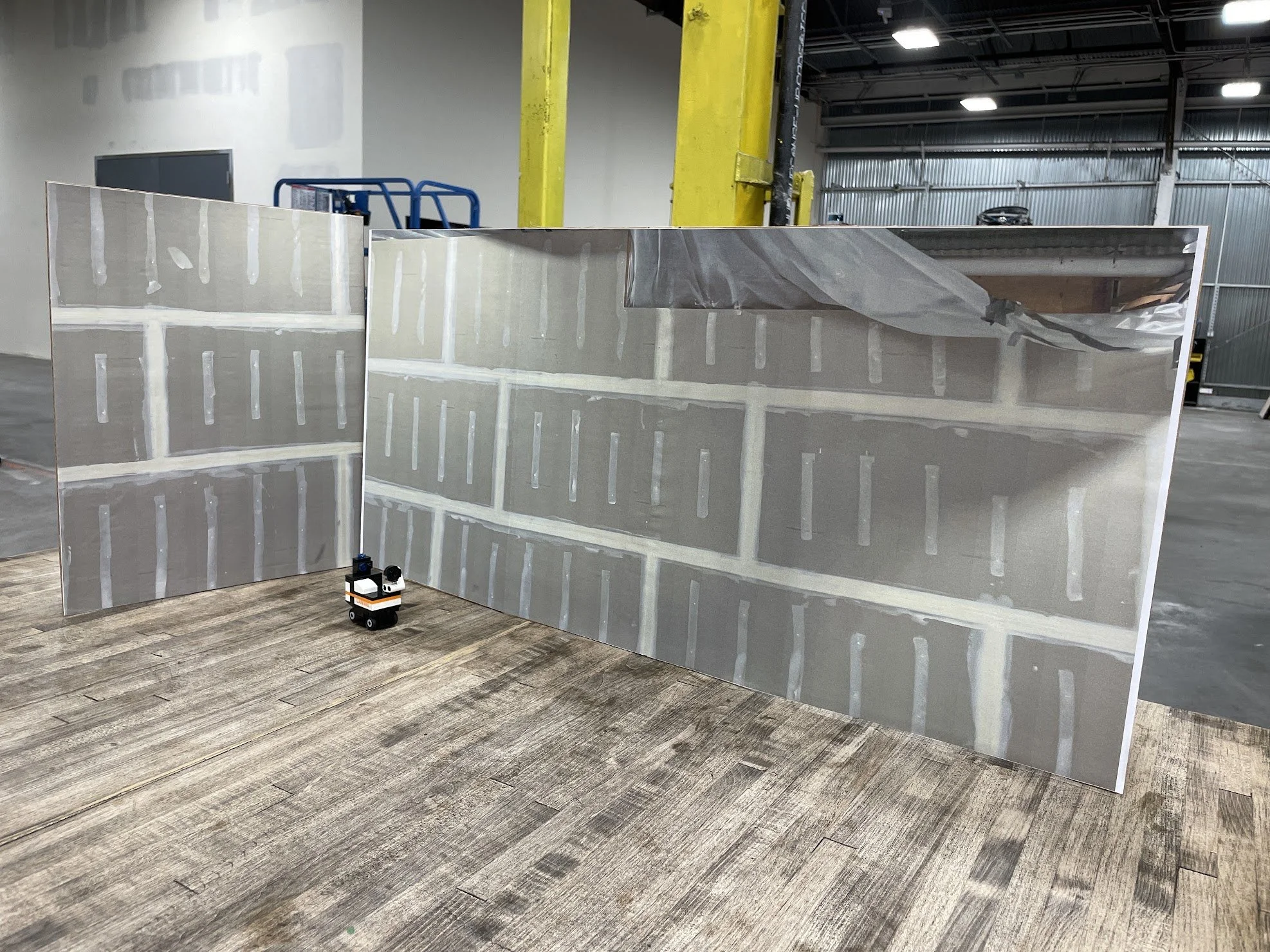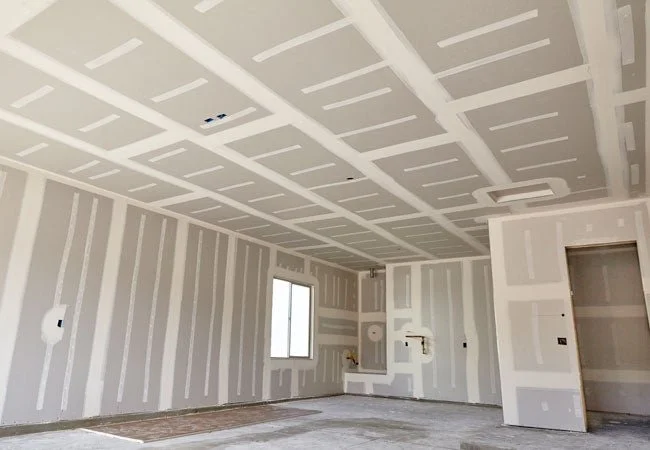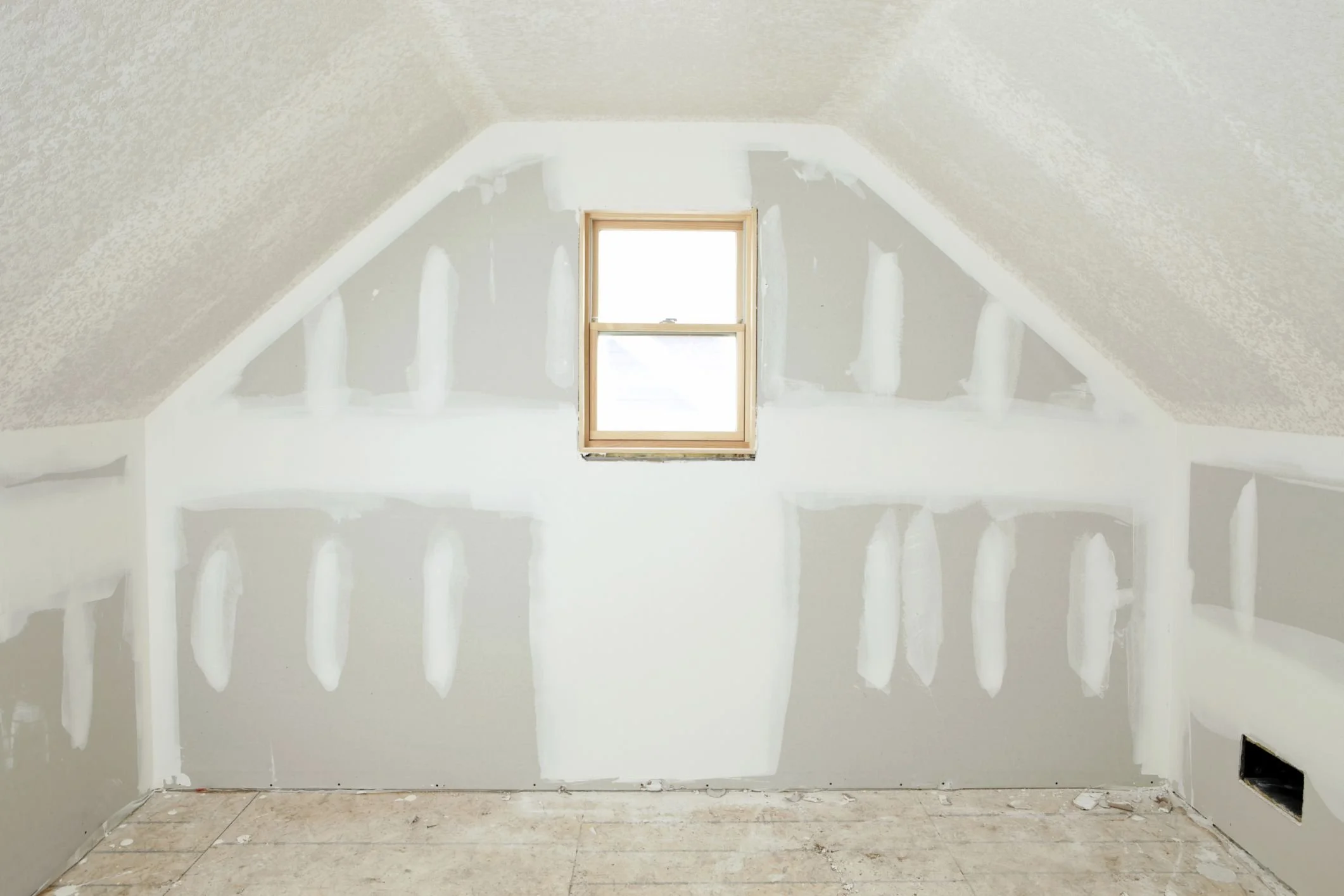Targeting Drywall Joints - Part 2: UI
Background
As mentioned in Part 1, we discovered the importance of creating a seamless user experience for identifying and denoting drywall joints through our UI. Now it was time to build one! And this, of course, demanded usability testing.
Participants
While the initial small-scale study had been done with our own operators and field crew, we wanted to assess the learnability of our design prototypes. We needed fresh eyes for the task. I reached out to the local painters and tapers union hall, District Council 16, and worked with their representatives to find a mix of participants, all of whom were tapers, with a diverse range of taping experience.
In the end, we had 7 tapers, some of whom were seasoned veterans with decades of experience, to instructors who were teaching the next generation, and first year apprentices, green to the trade. The partnership with the union has been a boon for identifying research participants on a number of occasions, and remains a strong relationship and asset.
Prototype
For the research task, we basically had to bring the construction site and our machine to the participant.
We needed to find a way to introduce the functionality of our system’s newest feature to people who had never seen it before. This meant providing an efficient walkthrough of the system at the correct communication altitude, and creating a task that would allow our users to engage our prototype with sufficient understanding based on the environmental context as well.
While the image in this UI mockup does not reflect the diorama image accompanied here, the actual study featured images that were directly from the physical model that was created.
Working closely with our designer and developer, I was able to create a scenario for our participants to visualize the use of our feature on site. I even created a diorama to mimic the sense of being in front of a wall and comparing images collected by the robot, with the immediate environment.
Naming Conventions
As always, I liked to use every research opportunity to learn a little more about our users, and in this study, we were particularly interested in naming conventions. We learned how tapers address different parts of a piece of drywall, as well as how they categorize different joints and communicate about them to their peers. We learned about factory joints, butt joints, bastard joints (yes, that’s what they’re called), and so much, about how sheetrock is hung, to why different joints are challenging. As always, our users were fascinating, and we loved hearing about their knowledge and experience!
“Factory Joints” are where the long edges of drywall sheets come together.
Conversely, “Butt Joints” are where the short edges of drywall sheets join.
Results and Impact
Through this study, we were able to validate the work of our designers and developers - participants reported that the system was very easy to learn and use. Furthermore, In measuring the time-on-task, we proved that our designs brought the joint-selection portion of the system to well within what would be required to maintain productivity. As always, we identified critical next steps for the UI. As a result of this study, the team prioritized different UI features, such as snapping UI elements into place, and aligning with different teams on system requirements and best practices.





